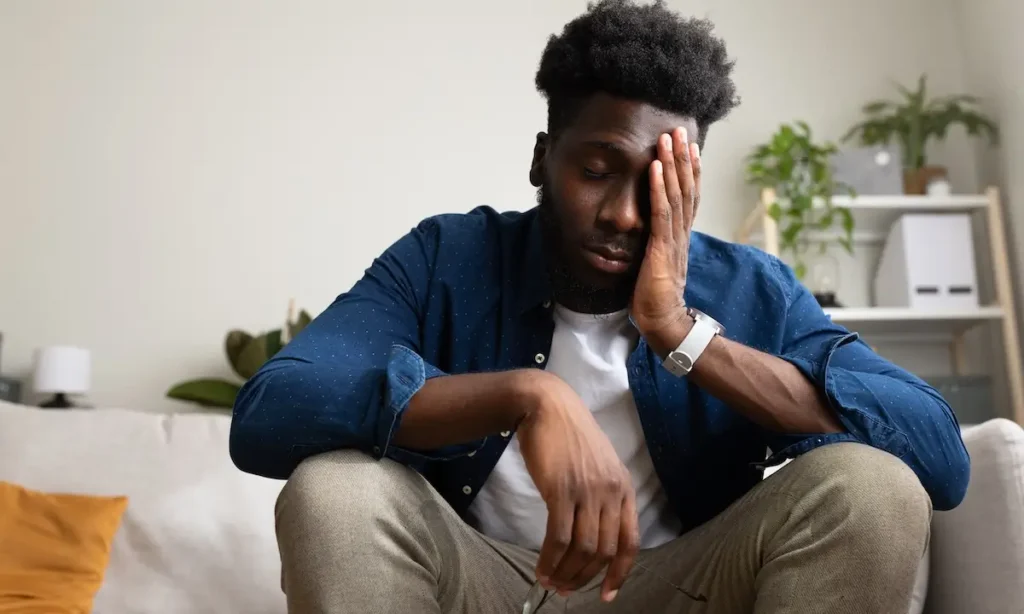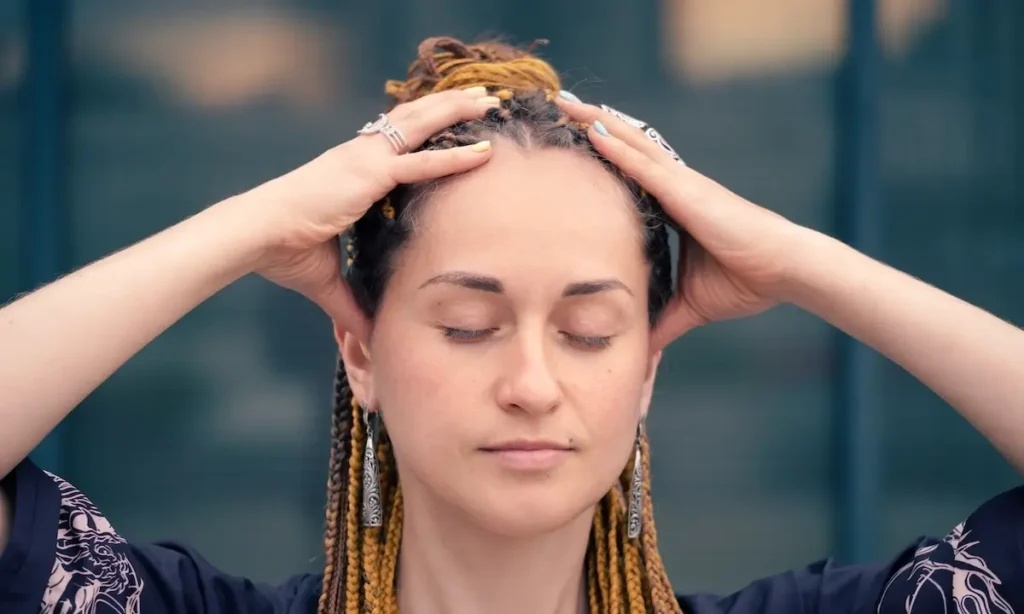If you have ADHD, there could be days when you just feel like everything’s too much. You’re pushing yourself to keep up, manage your thoughts, and stay on task. But eventually, you crash. This is more than having a rough week or needing a nap; it’s mental exhaustion. It’s burnout.
ADHD burnout is a deep, draining kind of fatigue that makes everything feel hard, even basic tasks. Professional ADHD treatment can help manage this cycle and provide support that works with how your brain functions.
Let’s unpack what ADHD burnout looks like, what causes it, and what might help you feel like yourself again.
What Is ADHD Burnout?

ADHD (short for attention-deficit/hyperactivity disorder) is a mental health condition that impacts your focus. Tasks like organizing, planning, and staying on track often require much more mental effort. It affects how your brain handles day-to-day life.
Every day, you’re weighed down by all this extra mental work just to keep up with others around you. On top of that, you might be trying to hide how much you’re struggling. There’s a lot of stigma around ADHD, and people often throw words around like ‘lazy’ or ‘unmotivated’ without understanding where these struggles stem from.
The truth is that most environments aren’t built with your neurodivergence in mind. And over time, the constant effort to keep up wears you down, leaving you burned out. But you’re not to blame, and you’re absolutely not alone.
How Is ADHD Burnout Different From Regular Burnout?
General burnout usually happens after long periods of stress. It’s common among people who work too much, are in high-pressure situations, or have too many responsibilities. ADHD burnout can look similar; it also resembles depression, from an outside view. But it stems from overload, not external stressors or overwhelming sadness.
It often involves:
- Masking: Hiding whatever symptoms you’re experiencing to try and fit in
- Emotional dysregulation: Strong feelings that are hard to manage or explain
- Overstimulation: From loud spaces, crowded calendars, or endless demands
- Executive dysfunction: Struggling with planning, starting, or completing things
Common Signs and Symptoms
- Sleep patterns that are totally off
- Irritability or feeling disconnected
- Feeling emotionally drained or flat
- Feeling ashamed for being unproductive
- Trouble concentrating on even simple things
- Avoiding tasks, even the ones you care about
The ADHD Burnout Cycle: 5 Stages

ADHD burnout often runs in circles. You try to push through and might even make some progress, only to end up right back where you started. Here’s what the cycle can look like:
- Masking or Overcompensating
You try to act “neurotypical.” You hustle harder, hide your challenges, and try to keep up. - Overwhelm and Hyperfocus
You go into overdrive. Maybe you hyperfocus on one task while ignoring others, or try to do everything at once. - Shutdown and Fatigue
You hit a wall. Suddenly, even brushing your teeth or answering a message feels impossible. - Guilt and Shame
The voice in your head starts up: “Why can’t I just do it?” You feel like you’ve let others and yourself down. - Rebound
Once the fog lifts a little, you swing back into overcompensating, trying to fix everything fast. And the cycle starts again.
The good news? Spotting this pattern is a powerful first step toward changing it.
What Causes ADHD Burnout?
There isn’t one single cause, but there are a few common patterns that make burnout more likely:
- Decision fatigue: Making small choices all day long adds up fast
- Masking: Constantly pretending to have everything under control
- Unrealistic expectations: Trying to meet standards that don’t fit your brain
- Sensory overload: Too much noise, light, or movement can feel unbearable
- Rejection-sensitive dysphoria: Intense fear of letting people down or being judged
- Lack of structure: ADHD brains thrive on routine, and burnout happens when that fails
Burnout can sneak up slowly until one day, you feel like you’ve run out of fuel.
How to Recover From ADHD Burnout

First things first: you’re not lazy, and you’re not broken. You’re burned out, and that means your brain and body need care, not criticism. Recognizing that burnout isn’t your fault can lift a lot of the pressure and self-blame that often come with ADHD.
Here are some gentle ways to begin healing:
- Seek ADHD-informed support: Find help that works with how you think
- Name your limits: Say “I can’t do this right now,” and mean it
- Try body doubling: Work beside someone for extra focus
- Prioritize real rest: Let your mind and body fully unplug
- Rebuild routines slowly: Add one small habit at a time
- Lower the bar: Aim for progress, not perfection
Therapies like CBT (cognitive-behavioral therapy) and DBT (dialectical behavior therapy) are helpful, especially when ADHD overlaps with mood or anxiety challenges.
Break the Cycle, Rebuild Your Energy
If you’re reading this and nodding along, that already counts. You’ve noticed what’s happening, and that means you’re paying attention to your needs.
Here’s what you can try next:
- Keep an energy log: When do you feel drained? When do you feel okay?
- Break things down smaller than you think necessary
- Say “yes” only to what fits your actual capacity
- Schedule recovery time, even on good days
You’re not falling behind. You’re learning how to care for a brain that works differently. And that’s something to be proud of.



